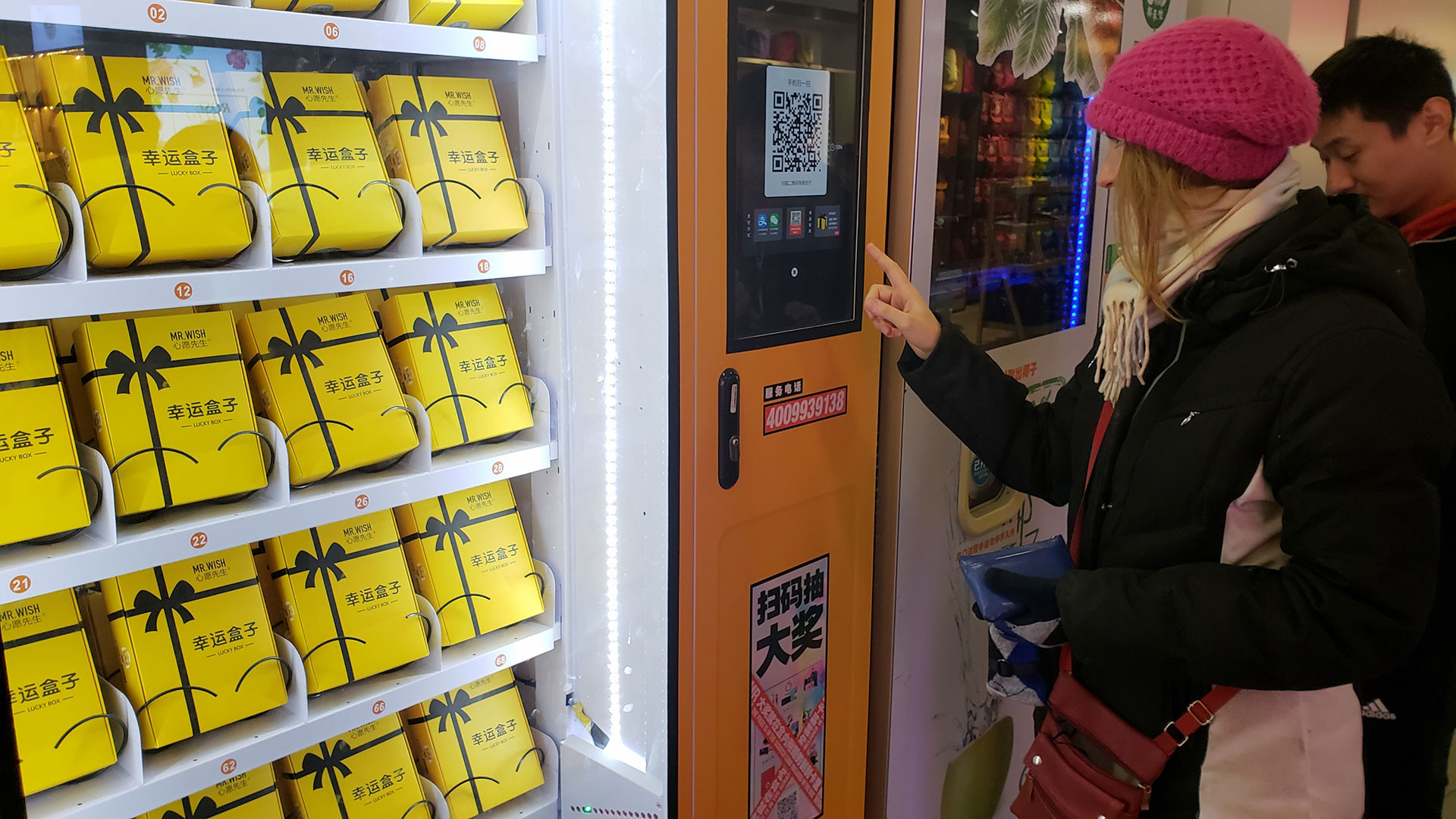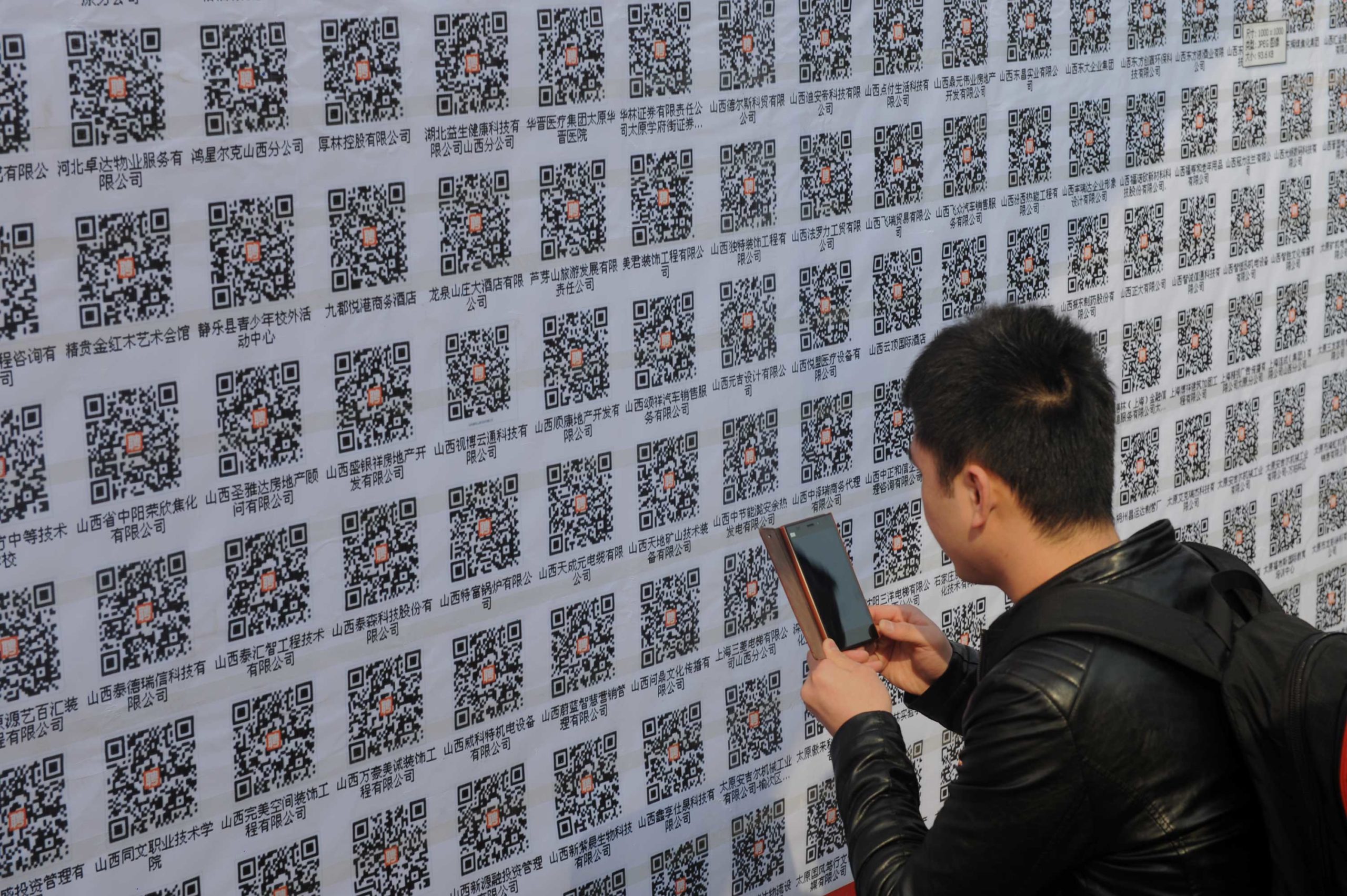Online-to-offline commerce (O2O) is the concept of attracting potential shoppers online and enticing them to visit the brick and mortar businesses attached. The system is meant to provide a seamless retail-oriented digital experience where both the online and offline transactions complement rather than compete with each other.
It is a smart strategy that allows managers to track a customer’s journey from website to store, creating the opportunity for retailers to implement marketing decisions to coincide with observable shopping habits.
O2O marketing can offer a significant advantage when you consider 81% of modern shoppers do extensive research online before making larger purchases. The potential for optimizing sales is limitless.
The burgeoning use of new technology and the continuing quest for convenience propelled countries like China to embrace a robust mobile financial revolution. As smartphones become increasingly ubiquitous, the population is quickly becoming familiar with the square barcode-like symbol known as a QR code.
What is a QR Code?

QR codes are two-dimensional versions of the common barcode you see on products in the supermarket. “QR” is short for “Quick Response”, a name adopted because of its reliable and instantaneous access to the information in the code. QR codes were first used in the Japanese automotive industry but eventually expanded globally into broader mobile marketing.
QR codes have a checkered pixel pattern in black and white and look similar to a miniature crossword puzzle. The random structures are embedded with code easily scanned and recognized by large data capacity technology. QR code applications include item identification and tracking as well as time and document management.
A key feature of QR codes is the ability to use modern cell phones to scan them rather than the bulky hand-held scanners commonly used in big-box retail stores. Users can install QR code readers onto their phones in about a minute from companies like Kaywa. Google also offers a QR code generator making it easy to convert any URL into a QR code. Apple recently introduced built-in QR code scanners for its iPhone eliminating the need for a third-party app. Users simply open the Camera app, point it at the code, and product information is instantly available.
Why QR Codes Are Popular in China

While QR codes took off in some parts of the world, it decidedly failed in western markets. Consumers in the west never adapted to the idea of downloading and installing a QR code reader onto their smartphones when it seemed easier to just voice search with Google. Poor implementation at the time and lack of enthusiasm seemed to seal its fate.
This is not the case in China, Japan, and increasingly other Southeast Asian nations. Instead of carrying cash around with them, the Chinese population quickly realized the convenience of mobile payments and haven’t looked back since.
Customers simply scan a merchant’s QR code or allow the business to scan their own. From major retailers to street vendors, QR codes dominate the markets in China. Money is deducted from mobile wallets attached to bank accounts without the hassle of producing a card or cash. For the spending population, it doesn’t get any better than that.
China’s digital infrastructure is uniquely designed to support mobile payments. The European Union and the United States are finally seeing the wisdom of this global cashless trend and are scrambling to improve relevant technology. The most dominant mobile payment apps in China are Tencent’s WeChat Pay and Alipay, owned by Alibaba. They effortlessly combine commerce, banking, and social media.
QR Codes and Social Media
WeChat is primarily a marketing platform with a social media service allowing the sharing of blogs, news, and social interaction. It is the fifth most popular network of its kind in the world boasting over one billion active users each month. The platform is set up with several options on the main page including the ability to scan QR codes to add new contacts or to pay for purchases with your WeChat Wallet.
WeChat’s focus on marketing appeals to a variety of brands because of its wide reach. Advertisers, tech companies, and even celebrities are taking advantage of the QR code-oriented platform by making recommendations and offering coupons that can be used in online or offline retail venues. It’s an ever-growing frontier of opportunity and innovation while satisfying the goals of social media sharing and interaction.
Weibo, as a social media platform, reaches a different demographic than WeChat. It attracts younger people from smaller cities who prefer the site’s in-depth access to information and a more comprehensive content format. This offers the opportunity for businesses to explore and build brand awareness and launch new campaigns. Weibo employs creative marketing techniques to optimize ad revenue using QR codes.
Using O2O Marketing to Launch Your Brand
China’s booming mobile commerce industry presents a tantalizing opportunity for forward-thinkers and innovators around the world. With 98% of all Internet users in China connecting through their mobile devices, the outlook for successful start-up branding is promising. This doesn’t mean Chinese consumers have abandoned offline shopping. It means the convergence of an online and offline strategy using O2O marketing techniques is the smart choice.
O2O marketing is a great way to keep consumers engaged and to garner valuable insight into user behavior and trends. The wide acceptance of QR codes and the enormous influence of social media platforms like WeChat and Weibo provide businesses with a variety of resources to showcase products and build consumer confidence. Businesses can offer multifaceted incentives to promote their brand and increase sales. Social media sharing of purchased products increases the visibility of the brand.
Periphery Digital is a friendly, bilingual marketing agency offering creative digital marketing advertising campaigns for Chinese language viewers. We help clients reach their goals by focusing on and developing culturally appropriate strategies both domestically within China and in other parts of the world.
Our team of experts provides full-service solutions for targeting the ideal demographic base for your brand and by identifying industry-specific audiences to generate robust results. We specialize in arranging comprehensive content and top-of-the-line design as well as taking care of all the media and PR strategies needed for successful implementation. You can contact us anytime for more information about Periphery Digital and what we can do for you and your company.


